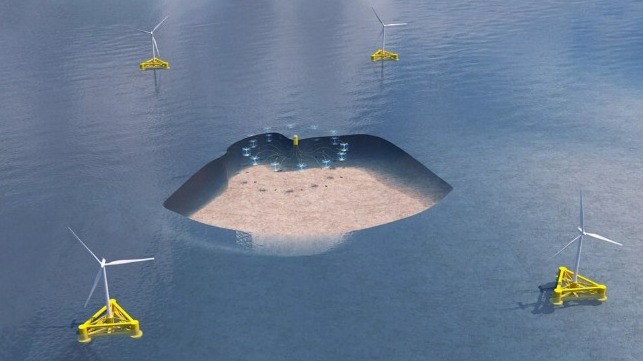Partnership Trials Fish Farms in a Swedish Offshore Wind Project

As demand for coastal space is rising for a variety of uses, multi-use projects in offshore areas offer a novel solution. In the latest example, Freja Offshore, a joint venture between Hexicon and Mainstream Renewable Power, has teamed up with the Norwegian company Subfarm to enable fish farming within the Mareld offshore wind farm. The site is a proposed 2.5 GW floating wind farm in the North Sea, 25 miles off the coast of Lysekil in Sweden.
Lysekil Municipality, the research institute DHI and Norway’s Blue Maritime Cluster will also participate in the new project at Mareld site. According to Freja, this project aims to showcase that generation of offshore wind power could coexist with other important coastal interests, including the fishing industry and sea-based food production.
Previous studies have shown that offshore wind farms could act as artificial reefs and marine protected areas. This helps to attract fish and other marine biodiversity, which is a great benefit for ocean conservation. Additionally, offshore wind farms limit passage of large fishing vessels, presenting a good opportunity for fish farming.
“Seafood and offshore wind power are two industries that Sweden will need more of in the future, and the least needed is to strengthen preparedness. That is why we want to find ways to combine these two pieces,” said Magnus Hallman, CEO of Freja Offshore.
For this project, the fish farms will be placed between wind turbines’ foundations and anchored in place. The fish cages will be lowered to a depth of 50-70 meters and hoisted up to the surface for checks and harvesting.
Subfarm has been working on this submersible aquaculture cage system since 2018. According to the company, the technology has been developed to cope with tough weather conditions in the North Sea and is based on methods previously used in the oil and gas industry for decades.
In the North Sea particularly, spatial conflicts between the offshore wind industry and commercial fisheries are becoming increasingly common. Finding compatible uses for shared offshore development offers an opportunity for fewer conflicts.
